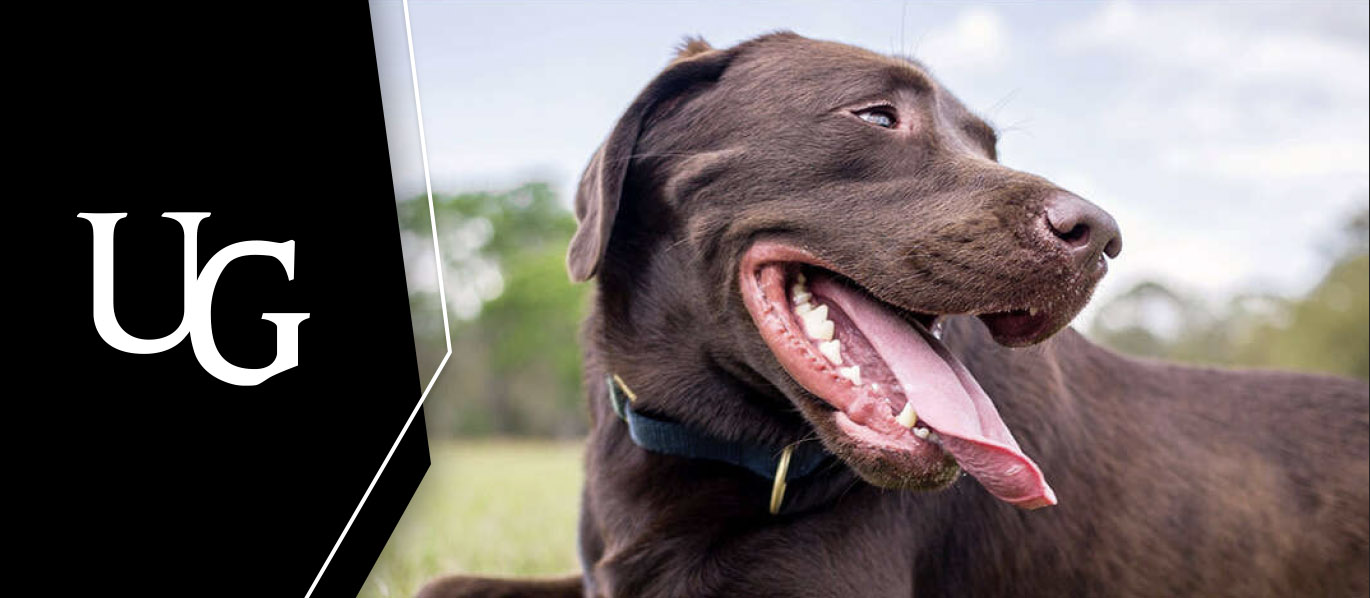A University of Guelph emergency veterinary specialist is reminding pet owners that their companions, especially dogs, are particularly vulnerable to heat-related illness.

Dr. Shane Bateman is a professor in the Department of Clinical Studies and an emergency and critical care specialist in the Health Sciences Centre at the Ontario Veterinary College. He is a board member with Humane Canada and the Ontario Shelter Medicine Association.
Leaving your dog in a hot car or taking it for exercise for too long may be risky for animals, says Bateman.
“Dogs have an inherent desire to please their owner and it can sometimes supersede their own self-preservation,” he says.
All animals, but especially dogs, need rest periods during exercise when ambient temperatures are high, or they can sustain severe heat-related injuries, adds Bateman.
Because dogs lack sweat glands, they pant to cool themselves. Their lungs contain many blood vessels, so rapid panting cools their blood, but if the air around them isn’t cold enough, panting can instead contribute to overheating.
Short-snouted dogs, such as pugs and bulldogs, are at the highest risk, since they can’t pull air in deeply enough, he explains. Larger, hairier dogs also have a high risk as they can quickly overheat.
What to do if your dog overheats
First, watch your dog to see how much effort they are exerting to stay cool. Are they panting louder than usual? Drooling with a long tongue? Have their gums turned bright red? Do they look panicked or anxious? Do they seem “off” or not behaving in usual ways?
If your dog appears too hot, Bateman recommends the following:
- Spray their body and neck with cool or tepid water and place them in front of a fan or in a stiff breeze. This can help them quickly lose heat through evaporation.
- If your dog is not distressed and enjoys water, place them in water up to their mid-torso. Splash water on their body and neck.
A positive response to those methods includes improved breathing and interactions with the owner and surroundings. If your dog doesn’t appear to cool off within three to five minutes, they should be seen by a vet as soon as possible.
Vomiting, diarrhea and appearing dull and unresponsive are all signs your dog should see a vet immediately as well, he adds. If your dog presents any of those symptoms, spray them with water, place them in a cool car, and call and go to the emergency veterinary clinic.
Contact:
Dr. Shane Bateman
bateman@uoguelph.ca
